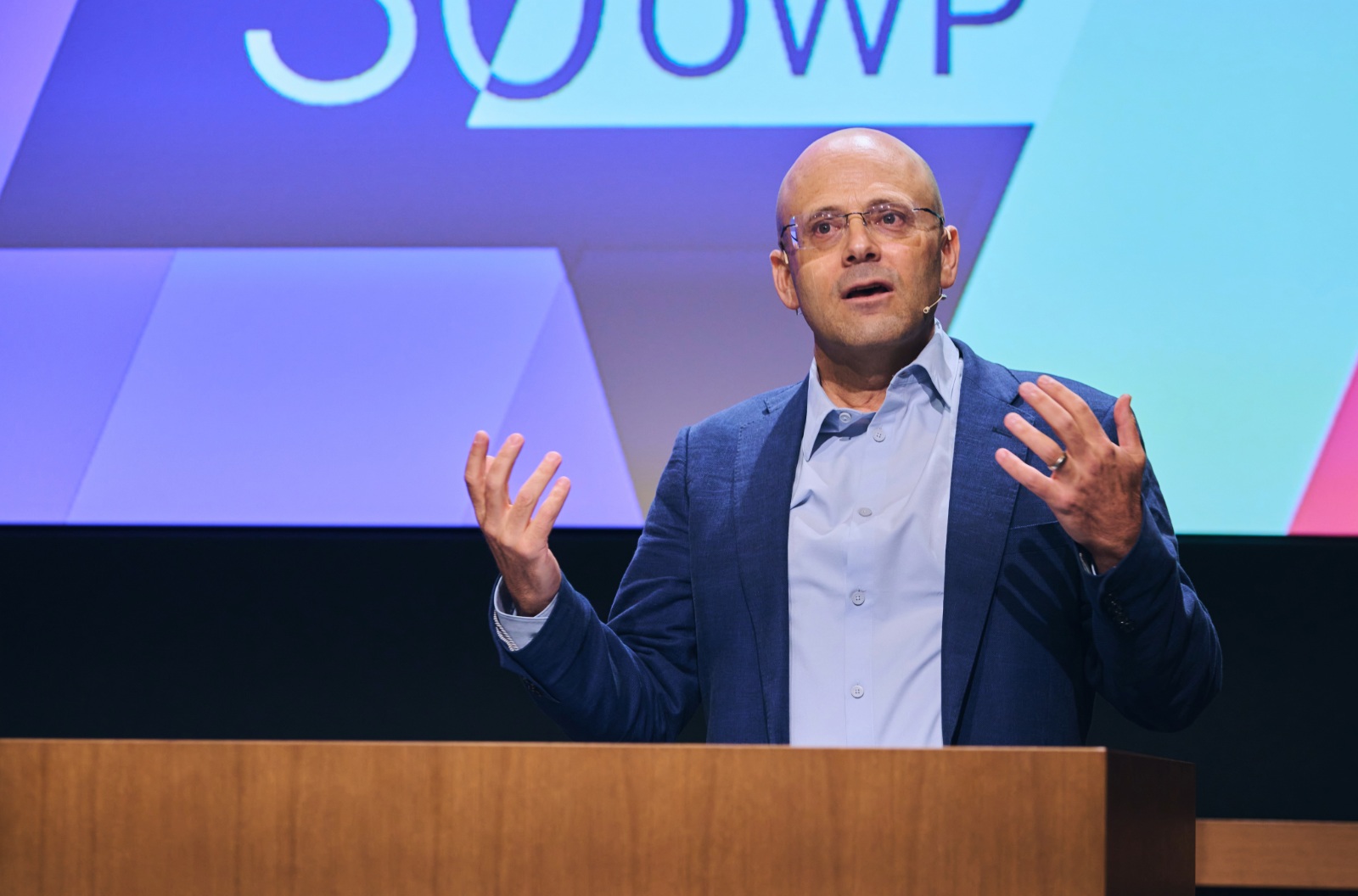
Global contenders from China: What are their challenges?
Nearly a third of the companies that make it onto Boston Consulting Group’s annual list of 100 global contenders to watch are from China; hardly a surprising result, given the speed with which that nation’s economy has grown over the past three decades. Legendary Chinese corporate leaders like Ren Zheng Fei at Huawei, Liu Chuan Zhi at Lenovo, Zhang Rui Min at Haier, Ma Yun (Jack Ma) at Alibaba and Ma Hua Teng at Tencent have led their companies on to the international stage, building on their tremendous successes at home. Their five companies compete in very different industries and yet have shared a common journey, which has brought them both successes in the past and new challenges today.
Going beyond “good enough” competencies
The founders of all five companies emphasized quality from the very beginning. When Zhang Rui Min took charge of Haier, he gave a sledge hammer to his employees and asked them to destroy 76 defective refrigerators — even though these could have been easily sold. Like Zhang, Ren ensured that Huawei’s products were made to international quality standards, even for the domestic market. These two leaders realized early on that short-changing quality was not the best way to reduce costs; that had to be accomplished through value innovation — trimming costly features from the product where they were of little value to the customer.
Another important competence that the five companies invested in was customer-centricity, again a rarity among Chinese domestic competitors. Ma Huateng, spent hours at Tencent personally testing how his company’s offerings would be experienced by users. Simulating user experience allowed the company to make speedy adjustments to its products. Ren focused hard on building customer service as one of Huawei’s strengths, a differentiator usually reserved for more expensive products.
Quality and customer centricity are the base competencies needed to win against global competition. But these have to be complemented if more demanding global customers have to be served successfully.
Transitioning from imitation to innovation
All five companies benefited early in their development from imitating the ideas and capabilities of their Western competitors. Alibaba took its cues from Amazon; Tencent from WhatsApp, Twitter, and Facebook; Huawei from Ericsson and Cisco; Haier from its German partner Liebherr; and Lenovo through its acquisition of IBM’s laptop business.
However, sustained success on the international stage calls for innovation. In 2007, Zhang Ruimin formally introduced ZZJYT (Zi Zhu Jing Ying Ti, meaning self-organizing and autonomous operating unit) to the Haier organization. ZZJYT is a small 9 to 30 person, self-managed organizational unit that encourages innovation and speedy decision-making. Making ZZJYT work successfully outside China will be a challenge for Haier.
Lenovo, meanwhile, restructured its organization in 2012 to force R&D teams to face end-users directly. Its innovation teams were also granted greater autonomy. In a break with tradition, the company chose not to pre-install new software on its PCs, but rather offer it only via app stores. This provided faster user feedback, allowing features that had low user acceptance to be killed quickly. This is an important initiative but Lenovo will have to do a lot more to successfully navigate the many changes in the PC industry.
There is also a growing appetite for external collaboration to drive innovation. In 2014 Haier officially launched the Haier Open Partnership Ecosystem (HOPE) to promote open innovation.
This focus on innovation is an encouraging trend but will require persistence and patience; investments in R&D do not have sure payoffs, especially in the short run.
Adding vison to guide logical incrementalism
The founders of the five companies had a clear sense of where they wanted to lead their companies, but this did not take the form of a grand vision. Rather they pursued a sequence of goals that was dynamically reset at each stage of the company’s journey as its environment changed.
This meant that instead of taking undue risks in the early years, these leaders identified niches in which they could establish themselves and grow their companies without drawing the attention of their multinational competitors. Haier and Huawei, for instance, both established their strengths in rural markets before taking on foreign competitors in urban markets.
Alongside this, these leaders were willing to experiment as they built their companies, allowing strategy to emerge rather than enforcing it with a grand plan. Lenovo exemplifies this approach well: when its first business goal – importing televisions – failed, it redirected its efforts at conducting quality checks on computers for new buyers. It then developed a circuit board that would allow IBM-compatible PCs to process Chinese characters. This product was Lenovo’s first major success. Founder Liu Chuanzhi is reported to have said: “We just learned by trial and error, which was very interesting – but also very dangerous.”
As the five companies have become bigger, trial and error experimentation carries more risks. It has to be guided by a fine grained vision. Only Alibaba and Haier seem to have made progress in this regard.
Leadership succession: the Achilles’ heel
The biggest challenge ahead for all five companies, but especially for the three with global ambitions – Huawei, Haier and Lenovo – is to ensure leadership continuity. The approach that these companies have chosen has worked well in the past because of a powerful leader at the top – the One Big Brain who single-handedly shaped the destiny of the firm. Finding such an omniscient leader is not easy. For example, Haier and Huawei have both struggled with top management succession. The internal horse race in these two companies to find their next CEO has not yielded a result as yet. Moreover, leading a global company is not a one person task. Addressing the problems of a global company requires a leadership team that is rich in diversity. Here, Lenovo and Alibaba are ahead of the pack. Lenovo has already witnessed leadership transition from Liu to Yang Yuanqing. Yang and his international team of senior executives are driving the company’s strategy today. Jack Ma of Alibaba transferred the CEO role in 2013 to Jonathan Lu. Then in 2015 Alibaba announced that the company will be led by the post-70 generation. Daniel Zhang is the company’s new CEO.
The new leadership team in all of these companies has its work cut out. It has to provide a sharper vision for the company; help build the missing competencies that are needed to serve high-end international customers; and build an organization that can truly leverage the diverse skill base provided by the company’s international operations. Getting on to the world stage is commendable; but staying on it as a true global contender is the real test.
Bala Chakravarthy is Professor of Strategy and International Management at IMD business school.
David Yau is an independent consultant.
Research Information & Knowledge Hub for additional information on IMD publications
in I by IMD
Research Information & Knowledge Hub for additional information on IMD publications
Research Information & Knowledge Hub for additional information on IMD publications
in I by IMD
Research Information & Knowledge Hub for additional information on IMD publications
in I by IMD
Research Information & Knowledge Hub for additional information on IMD publications
in I by IMD
Research Information & Knowledge Hub for additional information on IMD publications
in I by IMD
Research Information & Knowledge Hub for additional information on IMD publications
Research Information & Knowledge Hub for additional information on IMD publications
Research Information & Knowledge Hub for additional information on IMD publications
Research Information & Knowledge Hub for additional information on IMD publications
Research Information & Knowledge Hub for additional information on IMD publications











